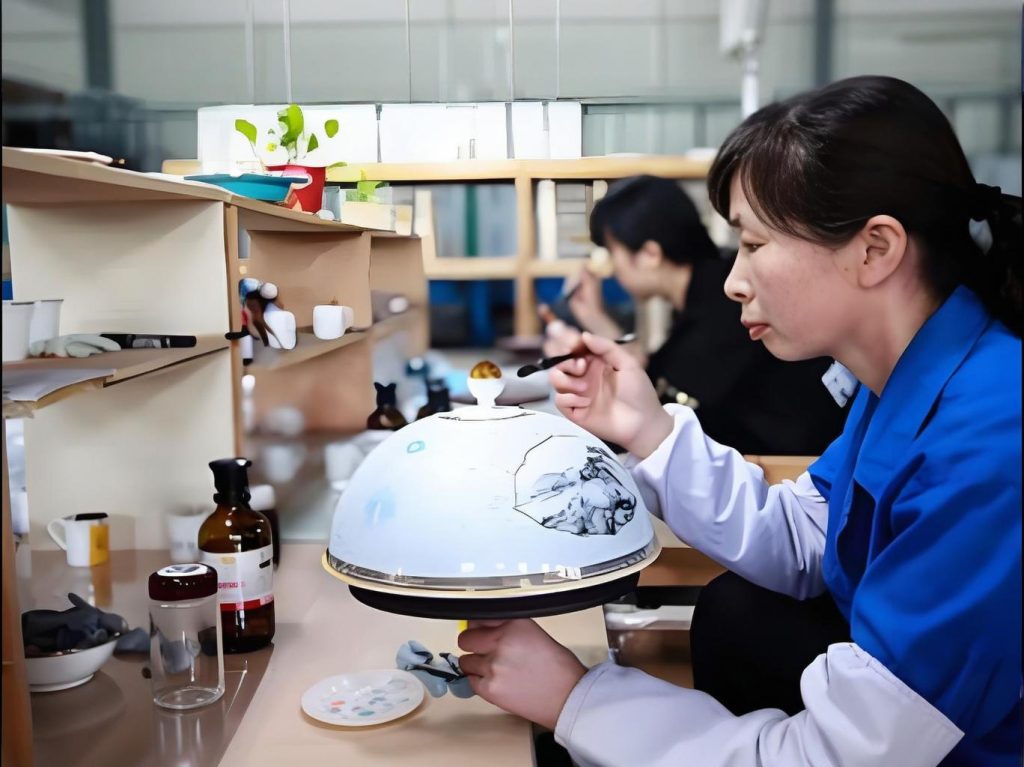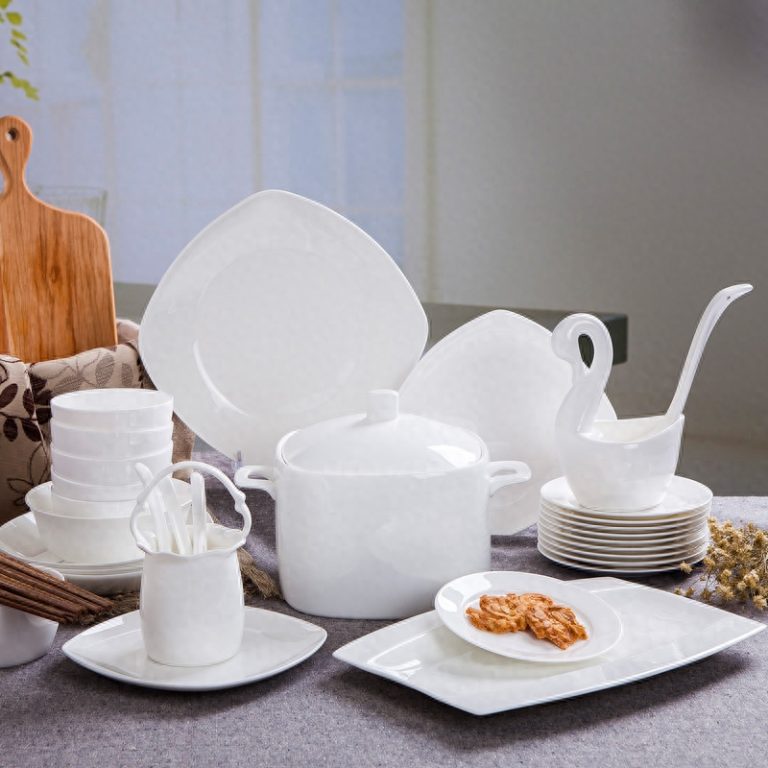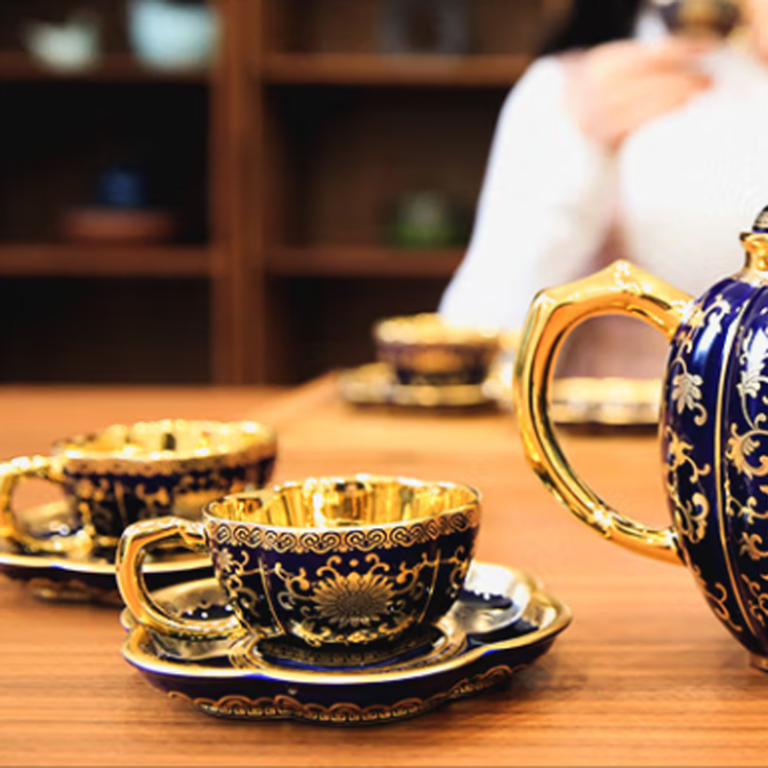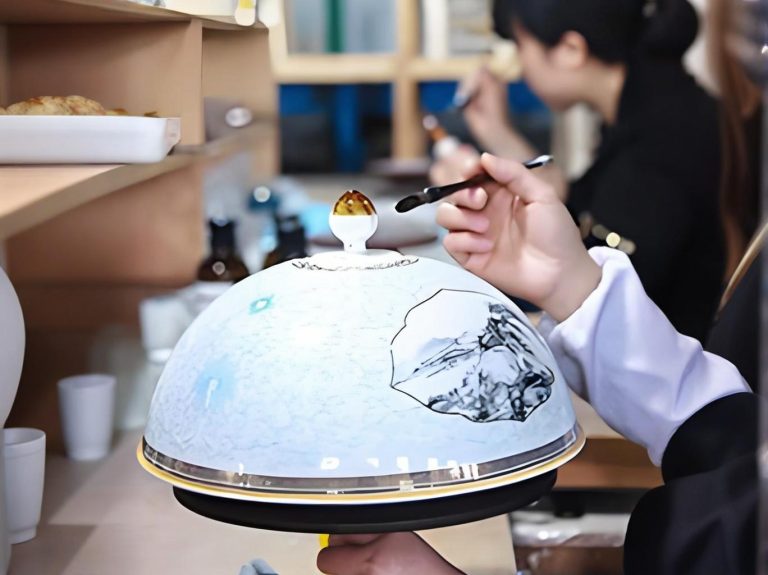Plating techniques for clam miso soup
Ingredients: bonito broth, clams, miso, etc.
Instructions: Bring the bonito broth to a boil with the miso, then add fresh clams. Once the clams open, remove them immediately to avoid overcooking and toughening the meat.
Scene 1: Simple elegance with white tableware
Using plain white soup bowls is a foolproof and effective choice. It highlights the refreshing look of the soup. Opt for larger bowls to allow the ingredients to peek above the surface, enhancing the visual appeal of the dish.

Plating Method
①Arrange the clams in the center of the soup bowl, stacking them slightly higher than the rim of the bowl. Gently pour in the miso broth, being careful not to disturb the arrangement of the clams. Fill the broth to about 70% of the bowl, leaving a bit of white space around the edge.
②Finely slice the green and white parts of the scallions, and place them in the center of the clams. Finally, sprinkle sesame powder evenly over the soup to enhance its texture, ensuring that the powder is distributed evenly and not concentrated in one area.
Scene 2: Utilizing abstract textures to infuse stylish elements into plating
Traditionally, soups are often served in small, deep porcelain bowls, which can make the portions appear smaller. This design uses a larger, transparent bowl with bright blue abstract patterns. This type of dishware, with its bold design, is perfect for adding a modern and stylish touch to the presentation of the dish.
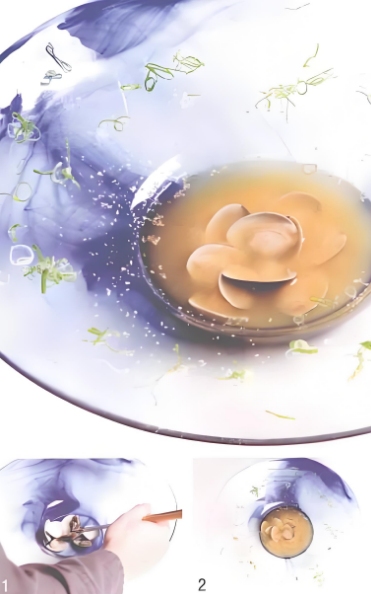
Plating Method
① Stack the clams in the center of the soup dish, then pour in the miso broth, being careful not to let the broth exceed the shallow part of the dish.
② Evenly sprinkle the chopped green onions around the rim of the dish, guiding the eye to appreciate the beautiful patterns of the plate, and finish by adding a dusting of sesame powder.
If you have any questions or need to custom dinnerware service, please contact our Email:info@gcporcelain.com for the most thoughtful support!

